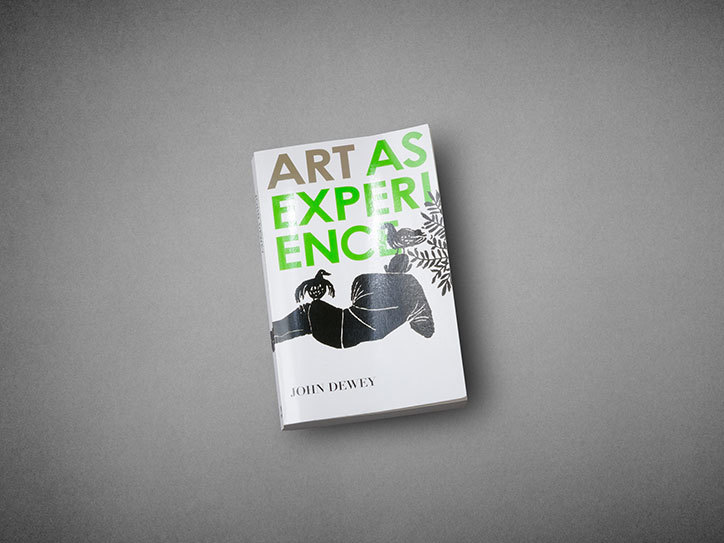
The following article wrote itself in a Facebook exchange between myself and Chris James of Quantum Design Lab. Chris is an old friend and colleague who shared some of my artwork on his Facebook page. Within the post’s accompanying text, he discussed the long debated topic of art vs. design and the fundamental question: where does one end and the other begin?
“As I examined Chris Snee’s artwork, I looked back at my journey as an artist. I too had fine art beginnings before I pursued a career in graphic design. I remember working tirelessly with graphite, pen and ink, charcoal, and other fine art mediums as an illustrator. I have a portfolio full of illustrations that were rendered in past years. I believe that having a lust to create something from nothing, and possessing a true passion for art/expression, is what ultimately drove me to seek a career as a graphic designer. So what exactly is the difference between Art and Design? The subject of what separates art and design is convoluted and has been debated for a long time. Good Art Inspires. Good Design Motivates. Good Art Is Interpreted. Good Design Is Understood. Good Art Is a Talent. Good Design Is a Skill. Good Art Sends a Different Message to Everyone. Good Design Sends the Same Message to Everyone. Depending on how you look at it, the difference between art and design can be clear-cut or hazy. The two certainly overlap, but art is more personal, evoking strong reactions in those who connect with the subject. — Chris James, QDLAB “
Reading his post excited me. This subject matter never gets discussed (at least in my circles), but should—especially because I have made my career out of being able to juggle the two. The feeling of flattery was quickly replaced with excitement, and I continued the conversation.
“Chris, I’ve researched this topic extensively, trying to find where myself as an artist and my oddly diverse body of work fit within the art community. I finally found it in the book Art As Experience by John Dewey, and you really hit the nail on the head with “Good Art Is Interpreted. Good Design Is Understood.” Dewey says that art is open to interpretation, that the viewer injects his own life experiences, biases and emotions on to the work of art to have an “experience”. It’s purely subjective, and one’s experience can vary from another’s experience. But Design is the opposite, and totally objective. The success of good design is measured by how clear the message is to your audience, and if your message is universally understood regardless of the viewer’s life experiences, emotions, and biases. After reading that book, and understanding that for me to be successful in both Fine Art and Design, I have to “flip a switch” so to speak. When I’m designing for a client, I communicate ideas clearly. But when I’m painting or illustrating, I just follow my gut and listen to my heart (pretty lame analogy but you get the point). I love the clarity, stability and cleanliness of design, but on the other hand, I love to create artwork that is expressive and open to interpretation. Sorry for the lengthy post, but I just had to continue this conversation. This subject is just too good, and too often overlooked. Thanks for sharing my work and letting me share my thoughts! – Chris Snee”
I began reading Art as Experience because Paul Rand repeatedly refers to it in his biography Paul Rand by Stephen Heller and in Paul Rand: Conversations with Students by Michael Kroeger.
[. . . Art as Experience] deals with everything — there is no subject he does not deal with. That is why it will take you one hundred years to read this book. Even today’s philosophers talk about it[.] [E]very time you open this book you find good things. I mean the philosophers say this, not just me. You read this, then when you open this up next year, that you read something new. -Paul Rand
If the great Paul Rand admits “it will take you one hundred years to read this book”, I shouldn’t be embarrassed to say that I still have not yet finished . It is an incredibly difficult read, that is so rich in art philosophy and design theory that I find myself rereading the same passages over and over in order to absorb what Dewey is saying.
…But I really think that unless you have read “Art as Experience”, you have not been educated in design. -Paul Rand
If the great Rand is correct, when I finish this book in one hundred years, I may finally be truly educated in design. Fingers crossed! This is all very subjective, and I’d like to know your opinion. Leave a comment below and let me know your thoughts on the difference between art and design.